Part 2
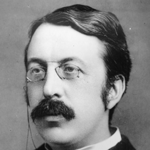
Good evening ladies and gentlemen, and welcome to this closed review which has been organised by the RA, the Russian Association for Archaeological Studies. I'm going to refer to it as the RA in future.
First and most important, may I ask you to turn your mobile phone off please. I've turned mine off. It's unfortunately crucial nowadays.
As I am sure you are aware, the The Russian Association for Archaeological Studies is an organization that is dedicated to the archaeological verification of well-known Russian histories. Tonight's closed review is an early sketch of what we've gleaned from recent excavations of ancient campsites and fossilized hearths surrounding the Moscow region.
Briefly I will introduce myself. My name is Dmitri Savostin, I'm a historian and field archaeologist, and I am going to be keeping a very strict eye on the time because we have an awful lot to get through today.
If you'll look to the screen, you'll see a map of early Moscow in the year of it's founding. I'll briefly describe what we're seeing. The orange zone represents the cultural borders of the early Russian tribesmen. Inside this zone, we found many stone tools, including several selections of the teardrop "harvesting" axe used to reap a relative of emmer wheat.

The figure on the hilltop represents the earliest known position of the Labkovich expedition. By finding and following his seasonal encampments across the landscape, we've got a good approximation of his behavior and the behavior of his sons, which continued exploring the countryside for several centuries.
If you'll look to the city itself, I've marked the approximate time it took for Moscow to double in population, and the corresponding time it took before Peter the First's men set out on the Vargan expedition. One unit on the bar represents 40 years.
At this time, we believe the Moscovites began experimenting with copper and tin ores picked up from the hills around the city. In time, this would lead to the first major development of the Russian people, Bronze Working.
Can we change slides? Thank you.
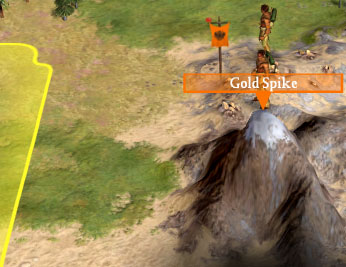
After migrating west for a little over a century, in 3880 BC the Labkovich expedition explored the arid hills north of the Gold Spike and discovered the early Egyptian civilization. Peaceful contact was made, but the Russian explorers were refused direct entry into the foreign lands.

The Egyptian Leader, Hatshepsut. My colleagues and I speculate that she suffered from a congenital birth defect that left her an imbecile. No competing theory adequately explains her enormous hat and shockingly tiny eyesockets.
In 3640, Labkovich explored North of the Moskva River and discovered gold in the dry middlelands between Moscow and the Northern Jungles. However, his expedition was set upon by panthers in the night, and was nearly destroyed. Ah, yes, as Skifkowski is indicating with his hands, this is the same year that Buddhism was founded in a distant land.

The Labkovich expedition settled in the area for almost a century and a half, and would weather attacks from lions and bears as well. It is suggested that this experience gave them great skill in woodcraft, and explains their historically lauded defensive capabilities while in the forest.
Yes, Skifkowski, I see you. He is trying to indicate that Hinduism was founded around this time period, approximately 3560 BC, by the Indian nation. This was the same year, I believe, that Ghandi actually contacted the Russian people, though it would be centuries yet before the Indian country was located by Peter's explorers.
In 3250, Vargan set out from Moscow to explore the lands to the east. Simultaneously, Peter, fearing the military presence of the two newly contacted civilizations, began to build his own forces. He recruited the sons of the burgeoning soldier-class, and armed them with what is arguably the first mass-produced weapon, a large war-club chopped from heavy wood and ringed with tin weights.
Production of these military forces would continue right up until the so-called Labor Era, when military development was put on hold in favor of cultivating ever-increasing swathes of land.
In 3440 BC, the secret of Bronze Working was cracked. Unfortunately, the only well known source of copper was in Egyptian lands. Local sources of the metal were simply far too inefficient to make a difference on a military scale. In the following decades, members of the criminal class were enslaved and sent into the hills in an attempt to retrieve the valuable copper for the more effluent soldier-class. Though these efforts initially proved futile, they encouraged the adoption of slavery throughout the Moskva River Basin.
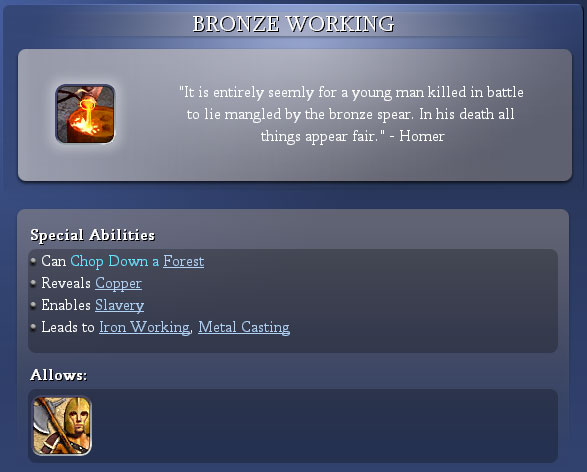
The invention of bronze encouraged the development of slavery, lead to the creation of the metal axe, and eventually inspired iron working and metal casting.
In order to retrieve ore and bring it back to the forges, proto-wheels were developed. These wheels simplified the process and proved to have great advantages over the sleds used for centuries before. In time, this would lead to the development of the ancient wheel, and the first Russian roads which still trace the land around Moscow.
In 3360, Vargan met a military scout from the Chinese nation. Peaceful negotiations ensued with their leader, Mao Zedong.
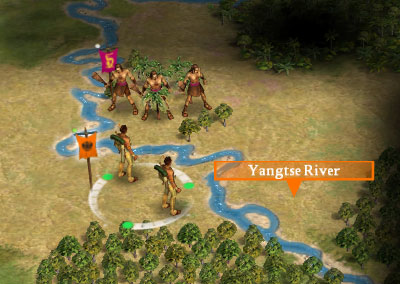
Meeting the Chinese alongside the Yangtse River.
Shortly afterwards, the Vargan expedition vanished into the Yangtse Jungles, and was never seen again. Their fate is left to speculation.
In 3320, the Labor Era began, and Moscow's production of its first worker was underway. Shortly afterwards, the Labkovich expedition vanished during the winter, when it was set upon by hungry lions.
In 3120, the first examples of the ancient wheel were produced, but not to bring copper out of the hills. Early farmers, attempting to feed the labor camps common to the Labor Era, built wheeled wagons to simplify the transport of grain up from the floodplains to the city. During the following decades, the first protoroads would be dug into the muddy flats by wagons and porters' feet.
In 2920, the Labor Era ended with the mobilization afforded by attaching cattle to their wagons. Suddenly, workers were free to move far afield in order to improve the land within their cultural borders. By 2820, the Russian people had developed intensive agriculture, and were busy domesticating the corn plant.
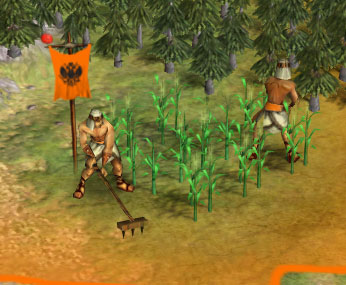
The discovery of agriculture would lead to farms, and pottery to store the grain. Farms increased the food production of the land, and increased the population growth of the Russian people.
In 2800 BC, the first warrior brigade, known as the Canuck-Errant, were moved out of Moscow and sent East to search for the location of the Indian homelands. Production began on a new scouting expedition.
While searching in the lands south-east of Moscow, hearths were discovered containing the oldest known samples of domesticated corn, placing the first years of intensive corn agriculture in 2720 BC. This coincides with the explosive population growth that would fuel Russian slavery camps well into the first centuries AD. Shortly, the first major highways were laid in order to bring corn to market faster than ever before.
In 2680, an envoy of the Buddhist Queen Isabella arrived at the northern border of our Russian lands. She was acknowledged, and politely asked to leave.'
In 2600, the Canuck-Errant brigade discovered the Ivory Bend, which at the time was a horseshoe shaped ecology trapped by a wide sweep of the Yangtse River. For several millenia, it would contain one of the world's richest sources of elephants.
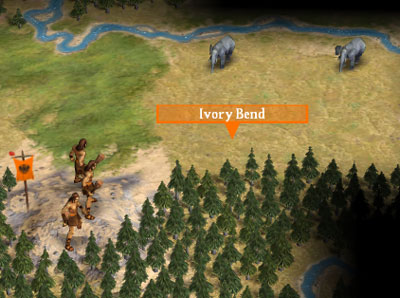
In these first days, did Canuck-Errant's soldiers dream of riding elephants to war?
In the same year, Moscow began producing its first organized settler at the request of the throne. Even with the assistance of slaves, it would take centuries to complete production.
In 2560, the first signs of pottery appear. Evidence suggests that much of modern Moscow's incredible economic power begins with the construction of villages along the floodplains; a development only made possible by the invention of the granary.
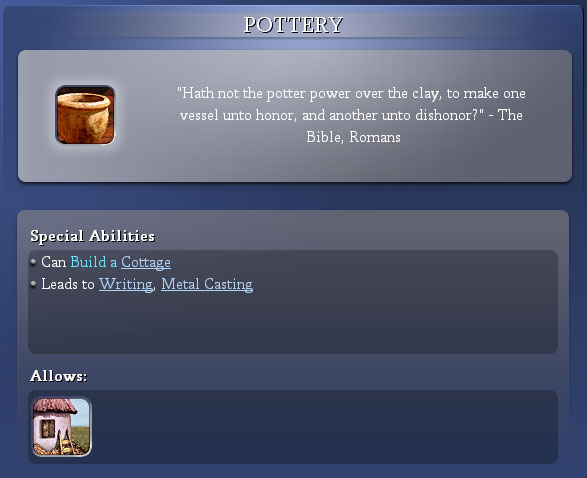
Granaries store half of the food produced over time, effectively doubling the rate of population increase by supplying a constant surplus of nutrients.
In 2520, the German people made contact via a scout from the north. This same year, evidence suggests that construction on the cottages north of Moscow began.
In 2440, Isabella and Mao also adopted Slavery; indication that they had contemporaneously developed bronze working technology.
By 2360, Russian exploration had revealed a significant portion of the local geography. Unfortunately for the early Russian military, no copper had yet been found.
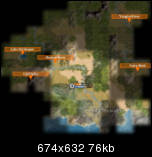
What? Oh, Skifkowski is telling me that we've nearly reached our limit. It is time for a break, good fellows. If you'd like, scan over this summary to see what has happened so far:
- Technologies researched: Bronze Working, The Wheel, Agriculture, and Pottery. Shortly, the Russians will develop Writing. The Russians began with Mining and Hunting.
- To the west are the Egyptians; to the North are the Spanish and the Germans; to the east are the Indians and the Chinese.
- The tundra along the coast indicates that we're pretty far into the south, suggesting that I should expand northwards.
- I swapped from first turn worker to a scout, per suggestions on the forums. Though I think the first turn worker is a better strategy, the point of this game is to have fun; and it's not like I'll lose the game if I go a little slower.
- I'm going to attempt to produce at least one ancient wonder, though I'm not sure which. The GP points will add up quickly with my Philisophical leader trait. More on this in a later post.
- The scouts died. :[
- Having no copper frightens me; hence, I've spent a lot of extra hammers on scouts, despite the incredibly bad luck that has killed my first two. I must find metal!
- I have a settler in production.
Also, the new third Scout is unnamed! Name him.
Here is a hint for people who want to micromanage you first city: work a food source with your first population point. This causes your city to grow quickly. With your second pop point, work something that produces more hammers than food. With your third pop point, work a food source again. With your fourth pop point, work hammers, and with your fifth and sixth, work tiles that produce commerce. The point is to temporarily balance out your first city in all aspects, so that you can excel until there are enough workers and cities to specialize. Remember, these are just rules of thumb: you don't have to follow them exactly.
I feel it bears repeating that there is no copper I can easily settle in sight. This frightens me.
If anyone wants to suggest further strategies, feel free!
Edit: If a mod ever reads this, could he fix "obsolete" in the title?
Edit2: For newbies, I'll explain a bit about cities and production. A city has a population number, and for each point of population, he can assign a worker to the terrain around the city, or he can assign a specialist. These workers and specialists produce food, hammers, and commerce. Food feeds points of population, and a surplus of food encourages the growth of new population points. Hammers produce units and buildings in the city, such as the scouts and the warrior I've built. Commerce produces money to spend in diplomacy, unit-upgrades, and upkeep; and commerce produces the beakers which power scientific research and allow us to discover new technologies.